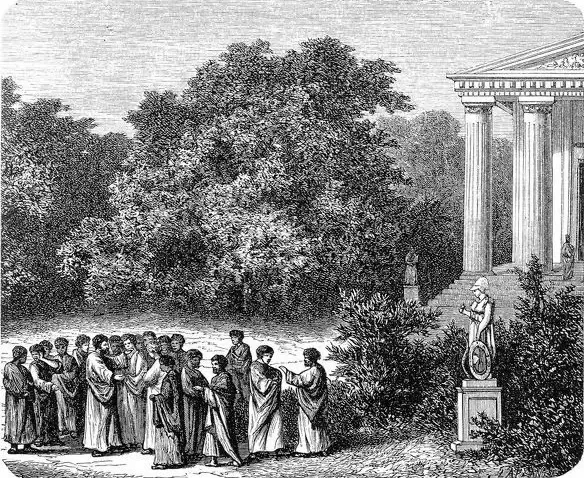So, the local council elections have just taken place in the UK. And it wasn’t the significant shake-up many were anticipating. In fact, a painfully familiar status quo has been even more firmly entrenched. Voting trends that have maintained a steady course for several years have only continued in one direction. The conservatives, realistically expecting a disastrous election cycle, could only have been relieved that the damage inflicted by Labour was not bad enough to require the general election be brought forward. However, losing historically pro-tory seats in London like Westminster and Wandsworth to Labour and failing to keep new Tory gains from 2019 shows they have lost considerable support up and down the country.
Overall, the Conservatives will be licking their wounds in the aftermath of the vote, having lost well over 400 seats to parties of all colours. Shedding support from large swathes of the south of England to the liberal democrats and many high-status councils in London to Labour. Showing Boris’s plan to level up England outside London isn’t entirely living up to expectations. Leaving many first-time conservative voters from 2019 looking for an alternative to either of the two major parties. Taken as a whole, the night of results was a damaging one for the conservatives, but it failed to deliver the killing blow to Boris Johnson’s premiership many in Westminster were hoping for. But it may end up being just one more slice in Johnson’s political death by a thousand cuts.
On the other hand, Labour can only have felt a bit deflated by the underwhelming support it received in crucial parts of the more rural areas of the UK despite winning over 130 seats. It is critical that Labour begins to rebuild the red wall in the North if they are to a decent chance of finally loosening the grip the conservatives have on No 10. Losing seats like Hull as well as failing to stop the Lib Dems from sucking up disenfranchised 2019 tory voters shows they still have an image problem that’s been electorally toxic ever since they lost the broad appeal and clear political vision of Blair back in 2007.
Sure, if Labour can recreate this kind of result in a general election, they would be well on their way to No. 10, taking 35% of the seats in parliament. But, as we all know, it’s politics 101 to assume local elections are not an accurate reflection of what might happen in the next general election. Instead, local elections are a chance for voters to show the government that they are not happy with the current leadership without having to properly back an opposition party they might not feel comfortable with running the country. Regardless, Keir has declared the vote “a big turning point”, arguing Labour is now “firmly back on track” to win the next general election. Only time can tell if he is right.
The liberal democrats, by contrast, will be thrilled with their performance, having finally started to regain their position as the firm’ third party’ of choice in British politics. Taking contested seats from both the conservatives and Labour. With a resounding win in Hull against the red ties and a strong showing in West Oxfordshire against the blues, where David Cameron famously cut his teeth as a politician. Picking up 58 seats will leave the liberal democrats feeling like they just won the general election after years of electoral failure ever since the dark days of the conservative-lib Dem coalition of the early teens.
The picture in the devolved nations paints a slightly more extreme picture. With Labour firmly pushing the Tories into third place amongst the scots for the first time in years. Taking control of west Dumbarton and seeing solid gains in Glasgow, the most populated city in the country. These results left the conservatives in a rather uncomfortable third in both vote share and number of seats. Demonstrating how the Tories are leaking support in almost every part of the UK. Unsurprisingly, the SNP strode confidently into the top spot showing the scots desire to have a distinct political representative to the brit centric focus of the major parties. Receiving almost 1 in 3 votes, the SNP is still the biggest party in the country, but with nearly 2 out of every 3 choosing another party, the SNP’s claim that independence is at the top of the agenda is looking a bit like wishful thinking.
The political landscape in Northern Ireland is now also a sign of potential disaster on the horizon for Westminster, with the radical nationalist party Sinn Fein becoming the top dog in the British exclave. Marking a historic gain for the party, having failed to achieve dominance in the political ecosystem since it first formed. This will come as a serious blow to the DUP, who have slowly seen their support be sucked up by the more extreme traditional unionist and cross-community alliance parties. However, the Northern Ireland results impact is limited, as the DUP MPs for the area have stated no power-sharing will go ahead until the north-Ireland protocol has been resolved, which is unlikely to happen any time soon. Leaving the country in an uneasy political purgatory until major stalemates between Westminster and Brussels have been put to rest.
